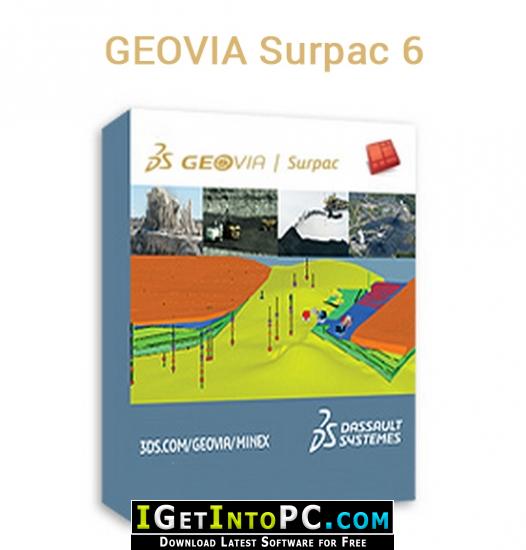

If Comps.ItemByName( "SurPac_Drawing") >= 0 Then ' Get rid of any old import - Drawing name = SurPac_Drawing Set Stream = fso.OpenTextFile(FilePath, 1, False)Īpplication.Messagebox "File: " "" & FilePath & "" " does not exist." ' ForAppending, 8, Open a file and write to the end of the file. ' ForWriting, 2, Open a file for writing. ' ForReading, 1, Open a file for reading only. You can't write to this file. Set fso = CreateObject( "Scripting.FileSystemObject") Set the FilePath variable to your Surpac fileĭo you have a coordinate system? You could set it using the commented out lines below. End the line when another "0," is found Build a polyline with any line beginning with a "#," pair. Ex "6," that immediately follows a line beginning with "0," Ignore any line beginning with 0 (idicates start/ end of polyline) Will the following script work for you? It is based on my understanding of what you want to achieve: I could probably do some processing of the table to create a line ID field that changes after each 0,0,0 but I'm reluctant to when the help file indicates that this should be done automatically.Īnyone else come across this behaviour? Might need a separate thread. According to the help topic Linked Drawings from Geocoded Tables this should split them into separate lines, as there will be a single point with lineID/string of 0 between the sections of lines, but it is not being split for me. They are separated in the table by a 0,0,0 line. This gives me almost what I want, except that it is joining together a whole lot of lines that are should be separate, but have the same LineID. Create a linked drawing from the table, using string as the LineID. Delete the first line (might not be necessary), Name the columns of data. I saw an unrelated topic on linked drawings and it seems to do what I need.
#Download surpac 6.0 how to#
) There was an example script on the Free Stuff page that showed how to use a similar text format for lines and areas, and script its IO with Manifold. Do you have a lot of these files?īTW, we could script this in Manifold, and I could be convinced to follow that route too. If you have problems we can work on it here. To follow the shapefile route, then start R, then type this into the console: If you're keen, get R: - go to CRAN, choose a mirror, go to Windows/base/ and get the.
#Download surpac 6.0 code#
It's a new tool to learn, but if you are keen I'm confident you can use this easily to extract your 2D lines - and with that qualification I can modify it to write shapefiles.īasically, you will start R, change the working directory to that with your file (or directory you want to write the output to) via /File/Change dir/, copy and paste the code above in the console (having edited "clipboard" to be the surpace file name/path), and that's it. # simple function to grab coordinates of each line (assuming they are meant to be single branches) # which records start with zero (plus 1)? - we'll use this later # we process using l(ist)apply, since the thing is not tabular . . . # split on delimiter - gives a list of vectors split on "," # read lines since the data aren't tabular I readLines from the clipboard, but that might as well be your file name assuming the structure is the same. This at least gives you each line as a table, with ID: I got excited thinking I could finish this, but it seems R's sp package won't allow 3D lines. I remember reading on here of a technique to join consecutive points with lines, but I'm not very good at the search function, could anyone point me to it? I can easily import as a csv table and paste as drawing to get the points. for for each point of as many lines as are in the drawing.Ĭan anyone suggest a method of automating import of this into manifold. The first line is date, format etc, then each line starts with a line beginning with zero, then axis coordinates (not sure what they do, I think they can be ignored if zero) then string number,y,x,z. The format is a simple text file - example at the end.

I'm trying to get data in surpac str format into manifold.


 0 kommentar(er)
0 kommentar(er)
